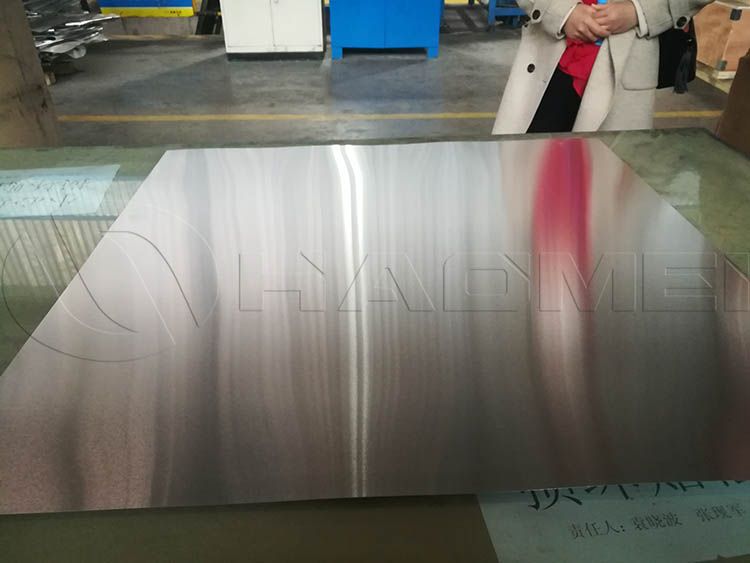Get in touch
-
Email:
sale@alumhm.com -
Tel/whatsapp:
+86-15978414719 -
Fax:
+86-0371-65621393 -
Address:
No.14 Waihuan Road, CBD, Zhengzhou, China -
Website:
https://www.aluminium-auto-sheet.com
6101 and 6111 Aluminum Sheet for Car Making
Alloy 6101 is often used to process high-strength bus conductors. When the aging system is (200±5)℃×5 h, the conductivity of 6101 aluminum is greater than 55%IACS, the tensile strength can reach 172-221 MPa, and the yield strength can also reach 138-186 MPa.
Aluminum-magnesium-silicon alloys are the most widely used aluminum alloys in wires and cables. They are 6101 and 6201 alloys, and the tempers are T1 and T4. In 2020, the consumption of this aluminum alloy in the world will exceed 5000kt, and the consumption in China is expected to exceed 1600kt, accounting for more than 30% of the total consumption.

The standard electrode potential of aluminum is -1.662V, and the electrochemical equivalent is 0.3356g/(A·h). The density of aluminum is only 30.13% of that of copper. Therefore, replacing copper with aluminum can significantly reduce the quality of workpieces, thereby saving energy and reducing greenhouse gas emissions.
After introducing pre-strain and pre-aging on the basis of artificial aging, the mechanical properties and electrical conductivity of 6101 aluminum alloy are improved. When the solid solution alloy was deformed by 60% cold rolling and aged at 180°C for 6 h, the yield strength, tensile strength and electrical conductivity of the alloy were 249 MPa, 262 MPa and 55.7% IACS, respectively, which are higher than the alloys hat reach their peak-aged state after conventional artificial aging.
6000 series aluminum alloys have received more and more attention as the as car exterior body panels because of their good comprehensive properties. Usually, the main production and processing steps of 6xxx series aluminum alloy sheets are: ingot casting-hot rolling-annealing-cold rolling-solution treatment.
Among the registered 6xxx series automobile body plate alloys, the 6111 aluminum sheet has both high strength and good formability, and has become one of the aluminum alloys that have been widely concerned and researched at home and abroad.
When the aging temperature is 165 degrees Celsius, the time to reach the peak strength is the longest, which is 15 h, but the peak strength and elongation are the highest. The yield strength is 343 MPa, the tensile strength is 392 MPa, and the elongation is 18.1%.
When the aging temperature is 185 °C, it is just the opposite, and 175 °C is in the middle; the hardness and strength of the alloy are positively correlated, and the hardness reaches the peak at 165 °C x15h, which is 133.5 HV.
